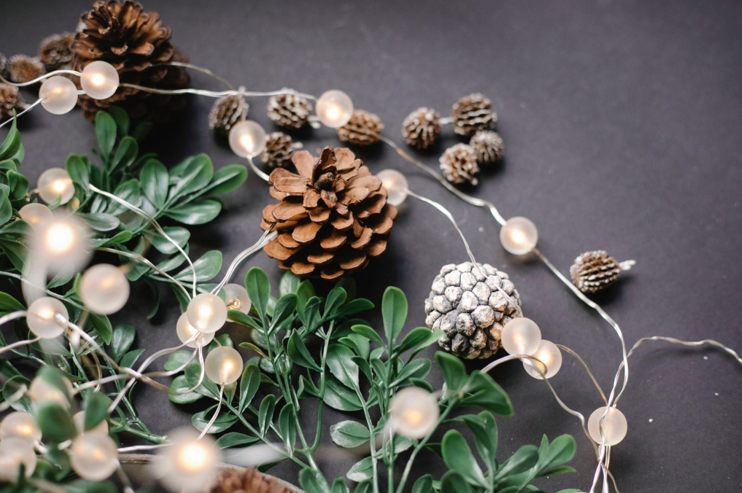The Early Days: Natural vs. Artificial
People used natural trees, such as spruces, firs, and pines, for centuries to decorate their homes during Christmas. The tradition of using a tree as a holiday symbol is believed to have originated in Germany during the 16th century.
However, it was in the late 19th century that artificial Christmas trees began to become famous. The first artificial trees were created in Germany using dyed goose feathers attached to wire branches. These trees were expensive and could only be afforded by the wealthy.
In the United States, the first artificial Christmas trees were made from dyed green toilet brushes by the Addis Brush Company in the 1930s. The trees were a hit and were widely sold across the country.
Since then, artificial Christmas trees have evolved significantly. Today, they are made from various materials, such as PVC, polyethylene, and aluminum. They come in different shapes and sizes; some even have built-in lights and decorations.
The Environmental Debate: Natural vs. Artificial
One of the most significant debates surrounding artificial Christmas trees is their environmental impact. While natural trees can be recycled and biodegraded, artificial trees are often made from non-renewable resources and can decompose in a landfill for hundreds of years.
However, artificial trees have several environmental benefits. They are reusable and can be used for several years, reducing the need for cutting down more trees. They also do not require pesticides or fertilizers, which can harm the environment.
Some artificial trees are also made from eco-friendly, recyclable materials and sustainably produced. For example, some trees are made from recycled materials, such as plastic bottles.
Natural Christmas trees, on the other hand, have several environmental problems. Cutting down and disposing of trees can add to deforestation and pollution. Additionally, real trees require pesticides and fertilizers to grow, which can harm local wildlife and water sources.
In conclusion, choosing between natural and artificial Christmas trees is a personal decision. Both have their environmental impacts, and ultimately, it comes down to weighing the pros and cons and deciding what is best for you and your family.
Regardless of which type of tree you choose, it is essential to remember the true meaning of the holiday season: spending time with loved ones and spreading joy and kindness.
You can read more about this topic on a Christmas Blog.
